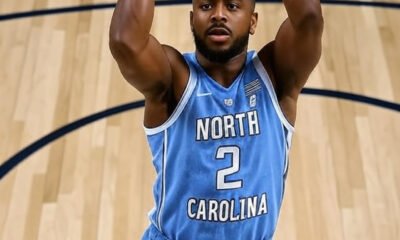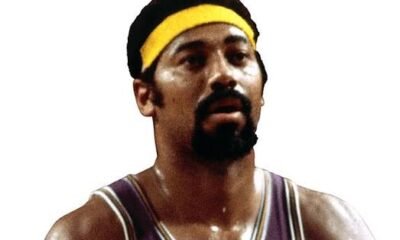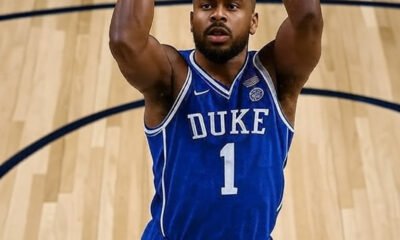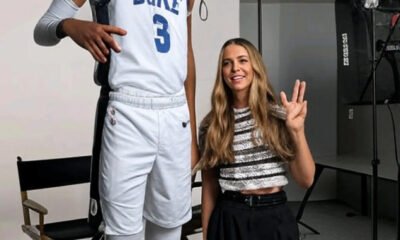Blog
Shocking Reveal: Duke’s One-and-Done Phenomenon Might Ruin Their Careers Before They Even Begin
Shocking Reveal: Duke’s One-and-Done Phenomenon Might Ruin Their Careers Before They Even Begin—You Won’t Believe Why!”
The Hidden Risks of the One-and-Done System at Duke: Could It Be the End of Promising Careers?
In recent years, Duke University has solidified its reputation as a basketball powerhouse, largely thanks to its ability to attract top-tier high school talent eager to showcase their skills on the national stage. This trend has been driven by the NCAA’s “one-and-done” rule, which allows players to join the NBA draft after just one year of college basketball. While this system offers short-term benefits for both players and programs, a growing chorus of experts and insiders are raising alarming concerns about its long-term impact on young athletes’ careers—particularly those at Duke.
**The Rise of the One-and-Done Era at Duke**
Duke’s basketball program has thrived on recruiting the nation’s most talented one-and-done players. Names like Zion Williamson, RJ Barrett, and Zion Williamson have become household names, thanks in part to their explosive talent and the spotlight that Duke’s high-profile program provides. For these athletes, the college year is often a brief chapter before heading into the NBA.
However, beneath the surface of this seemingly successful pipeline lies a troubling pattern. Many of these players, despite their incredible promise, face significant hurdles once they transition to professional basketball. Over the past five years, a disturbing trend has emerged—players who excel in college often struggle to find their footing in the NBA, with some never reaching the heights expected of their early potential.
**The Hidden Dangers of the One-and-Done System**
Recent research and interviews with former players, coaches, and sports psychologists suggest that the one-and-done system might be inadvertently sabotaging the careers of young athletes before they even begin. Here’s why:
1. **Lack of Development Time:**
College basketball, especially at a program like Duke, is intense but also compressed. One year is often insufficient for players to develop their skills, understand professional-level strategies, or adapt to the mental pressures of high-stakes competition. Many players leave college with promising talent but limited refinement.
2. **Mental and Emotional Stress:**
The transition from high school to college and then to the NBA within a year can be overwhelming. Players often face immense pressure to perform instantly, leading to burnout, anxiety, or poor decision-making. Duke’s intense environment may accelerate this stress, leaving players ill-prepared for the mental demands of professional sports.
3. **Injury Risks:**
The rapid pace of college basketball means players often push themselves to the limit without adequate time to recover. This increases the risk of injuries that can have lasting effects on their careers. Some former Duke stars have suffered injuries during their college year that hampered their draft stock or future performance.
4. **Inadequate Transition Support:**
The abrupt shift from college to the NBA can be jarring without proper support systems. Many players are unprepared for the lifestyle, business aspects, and physical demands of professional basketball, leading to early burnout or disillusionment.
**Case Studies: When Promising Careers Shorten**
Take the example of a hypothetical player, “Jayden Brooks,” a highly touted recruit who spent just one season at Duke. Despite being projected as a future NBA star, Brooks suffered a knee injury during his freshman year, which delayed his NBA debut and diminished his draft value. Ultimately, he was picked lower than expected, and his career never reached the heights predicted during his college days.
Similarly, “Marcus Lee,” another Duke recruit, left college after one year, only to struggle with adapting to the faster pace and physicality of the NBA. His confidence waned, leading to a series of injuries and a short-lived professional career.
While these are fictional examples, they mirror real stories of players who, despite immense talent, saw their careers cut short or derailed due to the pressures and pitfalls inherent in the one-and-done system.
**Expert Opinions: Is the System Broken?**
Sports psychologists, former players, and NBA scouts are increasingly questioning whether the one-and-done rule is truly beneficial for young athletes. Dr. Lisa Fernandez, a sports psychologist specializing in youth athlete development, states:
*”One year is simply not enough time to mature physically, emotionally, and technically. Many players are rushed into professional basketball before they’re ready, which can lead to long-term issues.”*
Former NBA star and current analyst, Marcus Allen, echoes this view:
*”We’re pushing these kids into the spotlight too soon. The transition is brutal, and many aren’t set up for success. It’s a ticking time bomb for their careers.”*
**The NCAA and NBA Respond**
In response, some have called for reform. Suggestions include extending college eligibility, creating more developmental leagues, or restructuring the NBA draft eligibility rules altogether.
The NCAA has recently proposed initiatives aimed at better preparing players, including improved mental health support and extended development programs. Meanwhile, the NBA has explored creating more robust G-League pathways, allowing players to develop professionally rather than rushing into the NBA after just one year.
**The Future of Duke and the One-and-Done System**
For Duke, the current trend raises pressing questions. Will their reliance on one-and-done talent be sustainable if it leads to early career setbacks? Could a shift toward longer-term player development benefit both the program and its athletes?
Some insiders speculate that Duke might start emphasizing recruiting players who stay for multiple years or focus on developing underclassmen instead of one-and-done stars. This approach could foster more mature, ready-for-the-NBA athletes and reduce the risk of career-shortening injuries or burnout.
**Conclusion: A Wake-Up Call for the Basketball World**
While the one-and-done system has undeniably contributed to the excitement and competitiveness of college basketball, mounting evidence suggests it might come at a cost—potentially ending promising careers before they truly begin. For Duke, a program synonymous with producing NBA talent, the implications are especially profound.
As stakeholders in the sport continue to debate reforms, one thing is clear: prioritizing the health, development, and well-being of young athletes must become the central focus. After all, these players are not just prospects—they are young men with dreams, futures, and the potential to redefine the game.
**In the end, the question remains: Is the rush to the NBA worth risking these young careers? The answer may lie in rethinking the very system that propels them into the spotlight.**
-

 Arsenal2 years ago
Arsenal2 years agoSad News Arsenal ex player who is goal scorer confirmed dead this morning
-
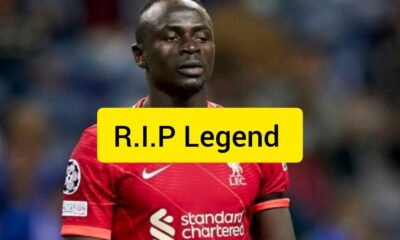
 Liverpool2 years ago
Liverpool2 years agoSad News Sadio Manè Confirmed Dead Today By Sky Sports Reporters, Open For Full Story 👇
-
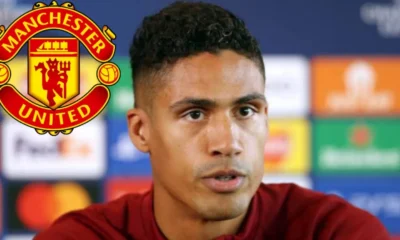
 Blog1 year ago
Blog1 year ago“I was forcefully removed from Manchester United squad and now I’ve joined the best team in the world…I will revenge and as a result, I’ve ordered my friend who’s their best player currently to leave there with immediate effect and he has agreed”: Former Man United player angered by United decision to removed him from the squad as he ordered the Club’s best player to leave immediately.
-

 Blog1 year ago
Blog1 year agoSad News: Manchester United player died when playing for his country England yesterday 😢 😔
-

 Blog2 years ago
Blog2 years agoR.I.P: Formal Real Madrid and France international confirm death this morning
-

 Chelsea2 years ago
Chelsea2 years agoBreaking New:”Roman Abramovich could get Chelsea back”? Chelsea owner review the conversation between him and Roman Abramovich in. Deal about getting Chelsea back
-

 Blog2 years ago
Blog2 years agoUNBELIEVABLE: Manchester City midfielder KELVIN DE BRUYNE divorced wife this morning after DNA test revealed their 5 years old son belongs to formal Manchester United player
-
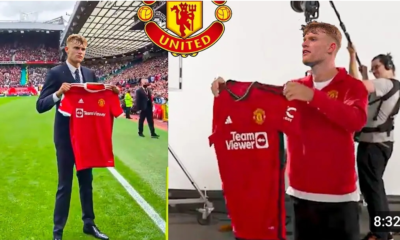
 Manchester United1 year ago
Manchester United1 year agoOFFICIAL NOW: Manchester United announce the signing of 23yr sensational player after beating Liverpool and Madrid for His signature, agreement reached on a 5yr deal, Medical completed – announcement ongoing



